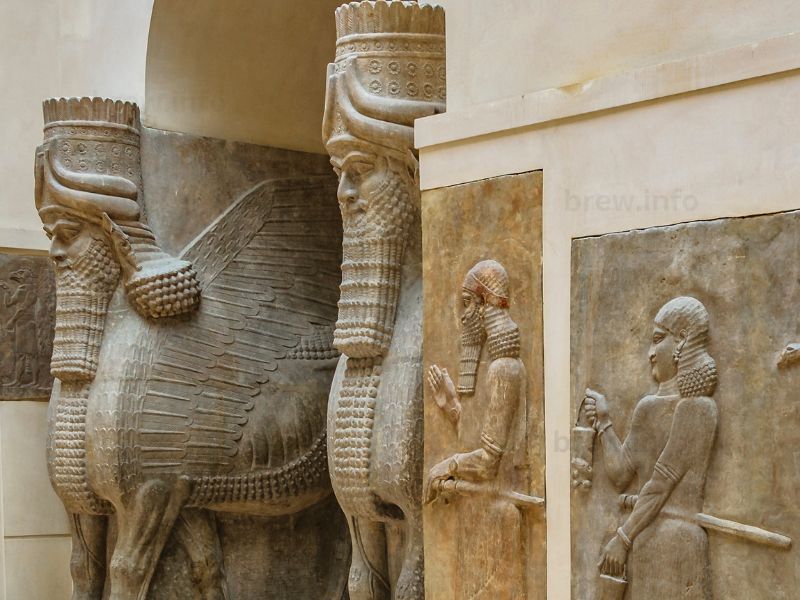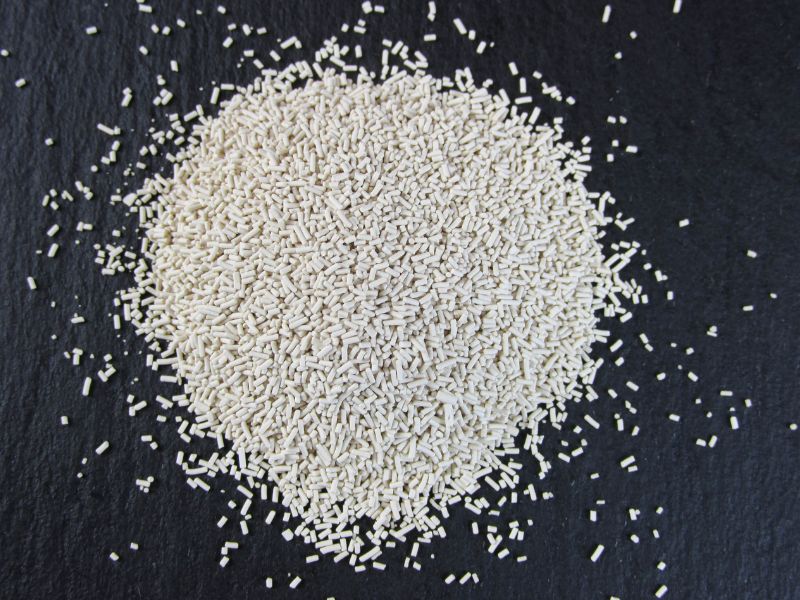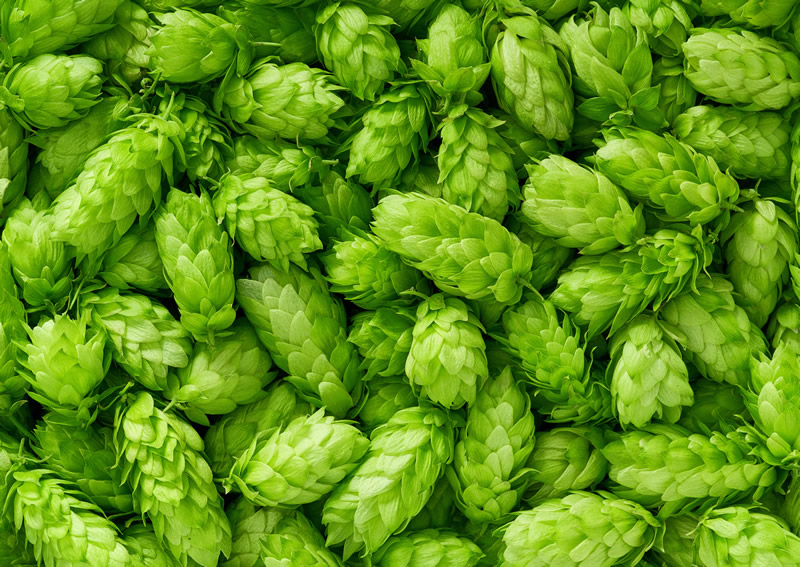Malting has a storied past, with a legacy that spans thousands of years and traverses multiple civilizations. This fascinating journey through time reveals how malting has evolved, shaping the course of brewing history and giving rise to the diverse range of beers we enjoy today.
The Dawn of Malting and Brewing
The origins of malting and brewing can be traced back to ancient Mesopotamia, where beer played a central role in society. It’s believed that the malting process was discovered unintentionally when grains, left in the water to prepare for bread-making, began to sprout and ferment. This serendipitous event laid the groundwork for the intentional malting and brewing of beer.
In ancient Sumer, one of the earliest known civilizations in Mesopotamia, beer was viewed as a gift from the gods. The Sumerians developed various beer styles and even documented their brewing techniques on clay tablets, providing valuable insights into the early malting process.
The Egyptian Influence
As the knowledge of brewing spread to ancient Egypt, the malting process was further refined. Egyptians incorporated barley and an assortment of herbs into their brewing methods, creating a distinct array of beer styles. Beer was a dietary staple in ancient Egypt, consumed by people of all ages and social strata. It was considered essential for survival and was often used as a form of payment for laborers working on monumental projects such as the pyramids.
Egyptian brewers placed great emphasis on the malting process, understanding the importance of germinating barley to produce fermentable sugars. Excavations of ancient Egyptian breweries have revealed malting floors, where grains were spread out for germination under carefully controlled conditions.

The Spread of Malting Across Europe
As brewing practices spread across Europe, different regions adapted and developed their own malting techniques. Celtic and Germanic tribes, in particular, made significant contributions to the evolution of malting, laying the foundation for the vast range of beer styles that exist today.
During the Middle Ages, European monasteries became bastions of brewing knowledge. Monks meticulously honed their malting skills, often using kilns to dry malted grains and create a variety of malt flavors and colors. These monastic breweries were instrumental in preserving and advancing the art of malting during a time when brewing knowledge could have been lost.
The Impact of the Industrial Revolution
The Industrial Revolution brought about momentous changes in the malting industry, with new technology and machinery revolutionizing the process. Mechanical malt turners, for example, automated the labor-intensive task of turning grains during germination, while automated kilns allowed for greater control over temperature and drying times. These innovations made malt production more efficient and consistent, paving the way for the modern malting techniques we see today.
Scientific Advancements in Malting
In the 20th century, the science of malting took center stage, as researchers gained a deeper understanding of the process and its impact on brewing. Studies on enzyme activity, grain physiology, and the chemical composition of malt helped maltsters refine their techniques and produce higher-quality malt.
One notable development was the discovery of the importance of protein modification during germination. Researchers found that optimal protein breakdown was crucial for the creation of fermentable sugars and the development of desirable malt characteristics.
The Rise of Craft Malting and Local Sourcing
The late 20th and early 21st centuries saw the emergence of the craft beer movement, which placed a renewed emphasis on quality and innovation. This resurgence led to the rise of craft maltsters, who focused on small-scale production and locally sourced grains.
These artisan maltsters pay close attention to detail, often working closely with brewers to develop custom malt profiles tailored to specific beer styles and flavor profiles. By sourcing grains from local farms, craft maltsters are also helping to support sustainable agriculture and foster a sense of community within the brewing industry.
The Heirloom Grain Revival
In recent years, there has been a growing interest in reviving heirloom grains and exploring their potential in the malting and brewing processes. Craft maltsters and brewers alike are experimenting with these ancient grains, unearthing long-forgotten flavors and creating new, innovative beer styles. This revival of heirloom grains not only expands the malt and beer repertoire but also promotes agricultural diversity and sustainability.
The Role of Women in Malting and Brewing History
Throughout history, women have played a significant role in the development of malting and brewing techniques. In ancient Sumer and Egypt, women were primarily responsible for brewing beer for household consumption. Later, during the Middle Ages, alewives, or female brewers, produced and sold beer in their communities. As the brewing industry became more commercialized, women’s roles shifted, but their contributions to the art of malting and brewing should not be overlooked.
The Modern Malting Landscape
Today, maltsters have access to a wealth of knowledge and technology that allows them to create a vast array of malt varieties for an ever-expanding world of beer styles. Innovative techniques, such as drum malting and pneumatic malting, have streamlined the malting process, saving time and energy. These methods involve using rotating drums or fluidized beds to mix and aerate the grains during germination and drying.
The Future of Malting and Its Impact on Brewing
As the brewing landscape continues to evolve, so too does the art and science of malting. With ongoing advancements in technology and an increasing appreciation for the craft, the malting process will undoubtedly progress and diversify. Embracing sustainability, efficiency, and creativity, the future of malting holds immense promise, offering a wealth of possibilities for brewers and beer enthusiasts alike.
In Conclusion
From its humble beginnings in ancient Mesopotamia to the sophisticated malting techniques of today, the history of malting has been shaped by the ingenuity and passion of the individuals who have practiced and refined it over the centuries. As an integral component of the brewing process, malting has evolved alongside human civilization, leaving a lasting legacy that continues to inspire and captivate the imaginations of brewers and beer lovers around the world.
© 2011-2023 by Brew.info. All rights reserved. No part of this document may be reproduced or transmitted in any form or by any means, electronic, mechanical, photocopying, recording, or otherwise, without prior written permission of Brew.info.







